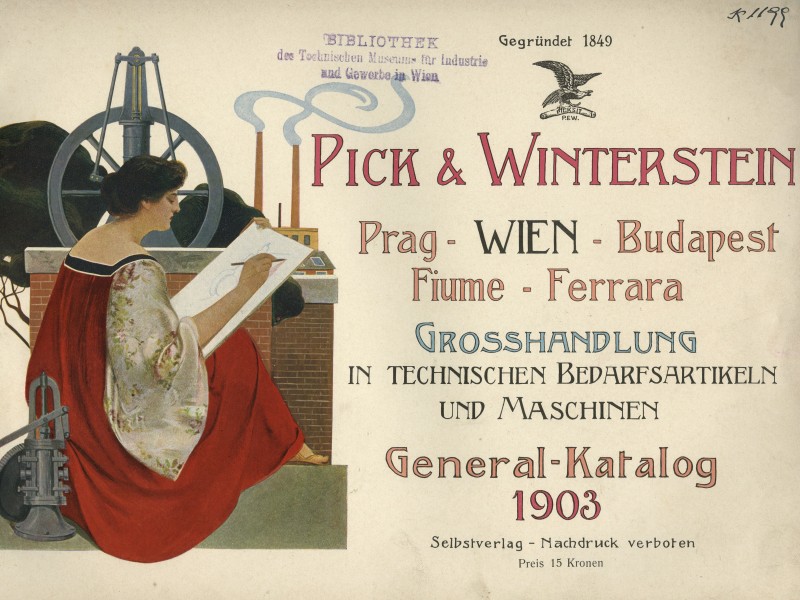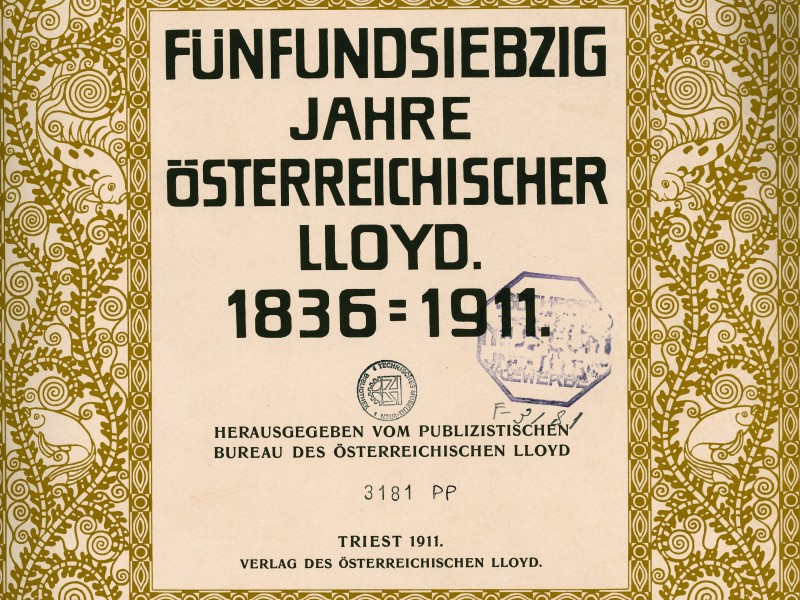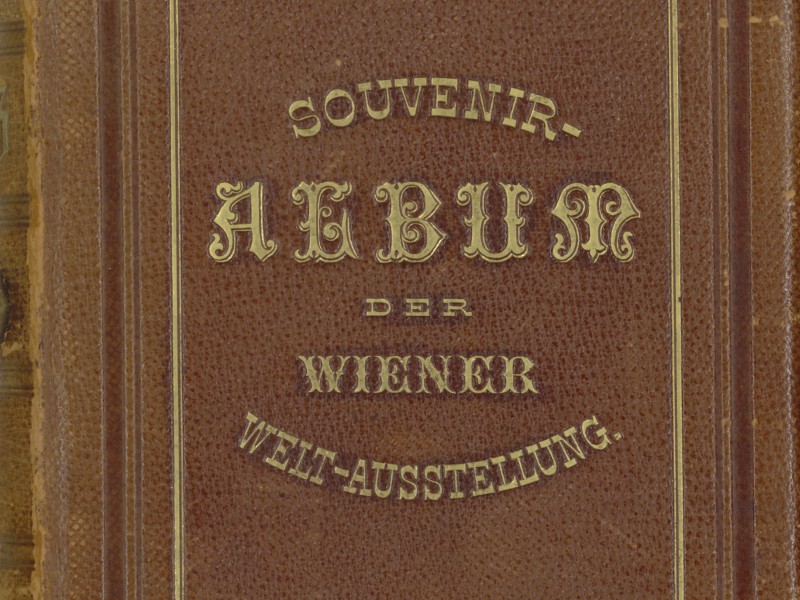The library of the Technisches Museums Wien (Vienna Museum of Science and Technology) is a publicly accessible reference library comprising about 110,000 volumes on the history of science, industry and technology.
Publications on the history of Austrian companies are an important focus of the collections. The extensive holdings of historical company and product catalogues are of particular significance. Featuring some rich illustrations, the catalogues are from domestic and foreign companies dating back to the 19th century. They offer a wealth of information for industrial history and product-specific research as well as for questions about design history.The library’s most notable treasures include collections of catalogues for industrial and trade exhibitions as well as for world’s fairs. They are significant testimonies to the technical and trade fairs in the 19th century, ranging from the 1851 Great Exhibition in London and the 1855 Exposition Universelle in Paris to the 1883 International Electrical Exhibition and the 1898 Anniversary Exhibition in Vienna.
The “libri rari”, printed works published before 1850, are a special antiquarian collection. Comprising about 2,600 works, this collection includes famous works such as “Theatrum instrumentorum et machinarum” by Jacques Besson (1578), “De re metallica” by Georgius Agricola (1621) and “Theatrum machinarum” by Jacob Leupold (1724-1788).
In addition, the library offers 1,700 periodicals, including historically significant publications such as Ludwig Förster’s “Allgemeine Bauzeitung” (“General Construction Journal”), “Allgemeine Automobilzeitung” (“General Automobile Journal”) and “Österreichische Ingenieur- und Architekten-Zeitschrift” (“Austrian Engineers and Architects Journal”).
The library’s holdings essentially reflect the museum’s exhibition and collection activities. Visitors will find in-depth literature, reference works, biographies of important figures in science and engineering as well as an extensive collection of historical books, with current publications being added on an ongoing basis.
Over the decades, the museum's library has taken over independent libraries of other museums, institutions and important figures in whole or in part, most notably:
- the library of the former Railway Museum (1886–1980)
- the library of the former Post and Telegraph Museum (1891–1980)
- the library of the Electropathological Museum, founded by physician Stefan Jellinek (1871–1968)
- the library of the Hörbiger Institute for Cosmic Ice Theory by Hanns Hörbiger (1860–1931)











